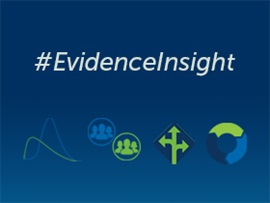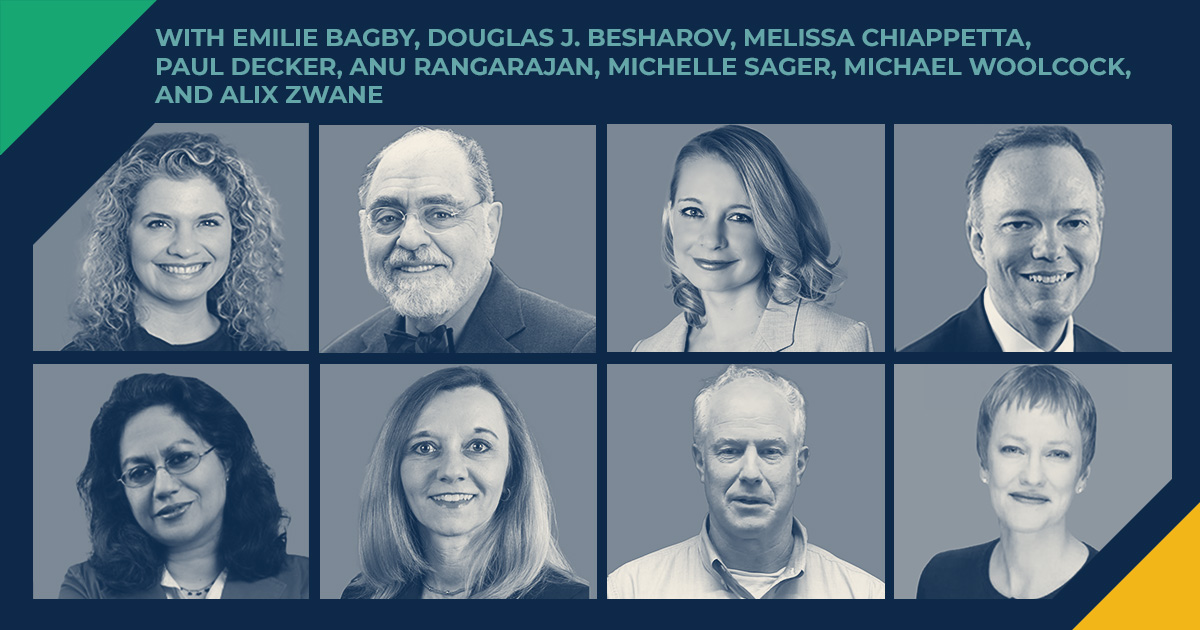One of my favorite things about working at Mathematica is that I’m always learning something new. Because we do a lot of project-based work, Mathematica staff have the opportunity to work in a variety of substantive areas. For example, most of my work looks at postsecondary education and workforce training, but because I’m trained as a developmentalist and I’m interested in the transition to adulthood, I’ve also been able to expand my work to include projects focusing on teen parents and youth with disabilities.
Research methodology is one area I always want to learn more about, and this is one of the reasons that I value my role as director of our Center for Improving Research Evidence (CIRE). I love collaborating with colleagues who are exploring new frontiers of policy research, which is particularly important as technological advances and greater availability of data reshape the research landscape.
It sometimes seems like the more experience I gain as a researcher, the further away I get from the nitty-gritty work of the research itself. As a project director or principal investigator, I tend to focus on the bigger picture and have less time to immerse myself in project data. I know I’m not alone in this: Every time I talk to my colleagues—from academia, think-tanks, government, or other research firms—about some of the cutting-edge analytic approaches we’re using at Mathematica, they’re eager to hear more. I’m happy to direct them to publications or events that that might help, or connect them directly with colleagues who are experts in applying innovative analytic approaches to different policy areas.
So it’s with great enthusiasm that I’m now able to share the CIRE video series, #EvidenceInsight. This new series is an important addition to CIRE’s resources for policymakers, practitioners, and researchers who are working for the public good. The short videos provide an overview of a few advanced research methods Mathematica is using that are likely to see more widespread application in the future. We created the series to help nontechnical audiences understand what these methods are and why they might be helpful in their own efforts to produce and use rigorous policy research. Through these videos, you have the opportunity to learn about:
I hope the videos help viewers to appreciate the promise of these advanced analytic approaches. However, they’re just an opening statement in what should be an extended conversation. Through our publications, forums, and other events, CIRE will continue to delve deeper into questions and issues that will help decision makers understand the best uses of research evidence. In the meantime, if you have questions or would like to discuss what you see, please feel free to reach out to us. We’d love to hear if there are other methodological topics you’d like to learn more about. Let us know in the comment section below!


